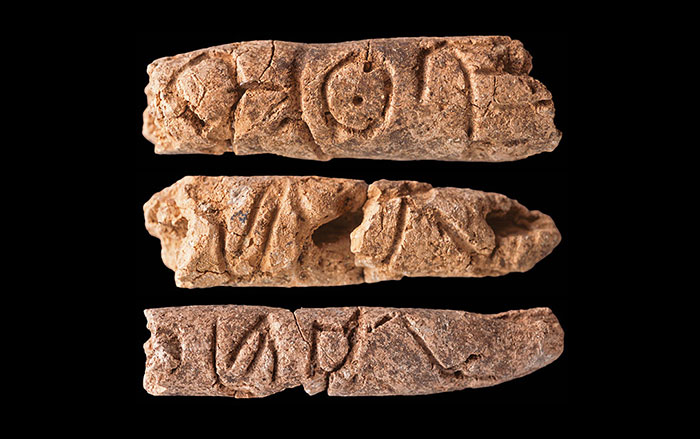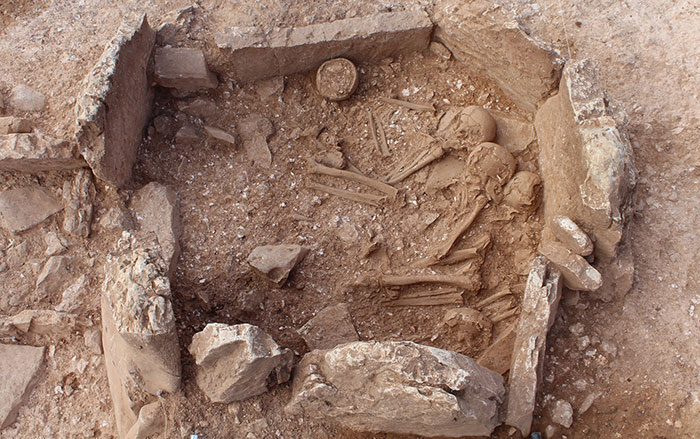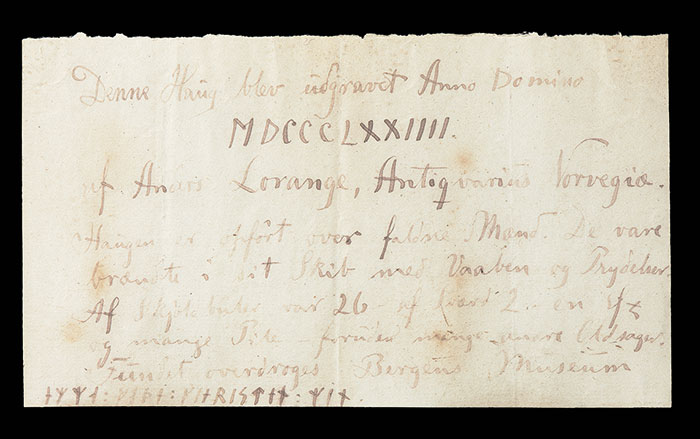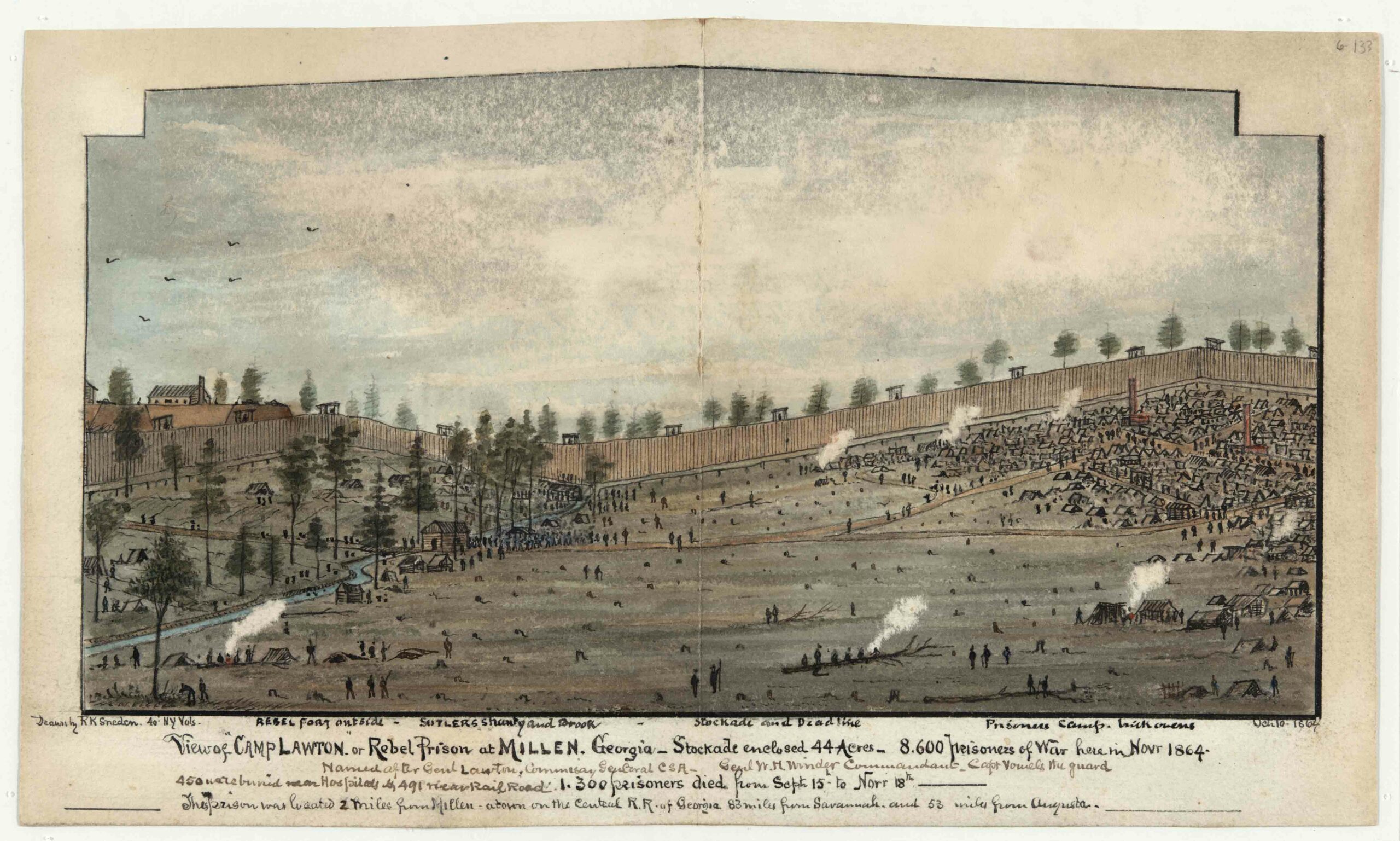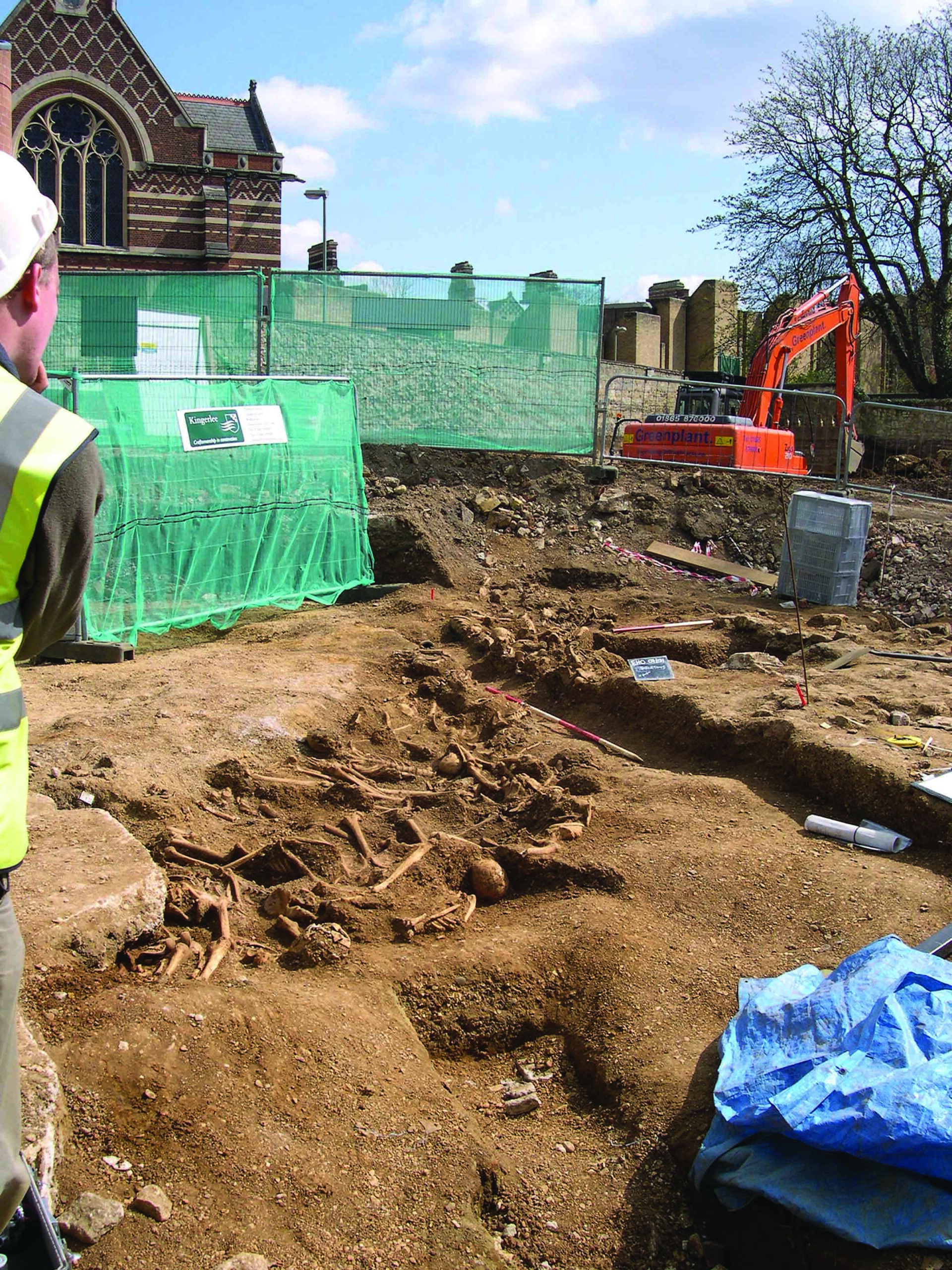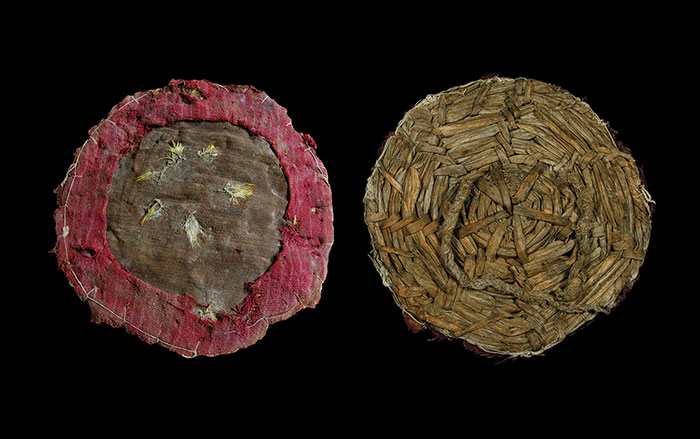
LEIPZIG, GERMANY—It had been thought that the hominins that lived in Spain’s cave of Sima de los Huesos were early Neanderthals or members of Homo heidelbergensis. But a 400,000-year-old femur from the cave has yielded mitochondrial DNA, which is inherited only through the female line, and it links the residents more closely to the Denisovans than to Neanderthals or modern humans. “This really raises more questions than it answers,” said Svante Pääbo of the Max Planck Institute for Evolutionary Anthropology. He thinks that the Sima de los Huesos hominins may have been a founder population that gave rise to both Neanderthals and Denisovans. Pääbo’s team will attempt to extract nuclear DNA, inherited from both parents, from the bone samples. “My hope is, of course, eventually we will not bring turmoil but clarity to this world,” he added.


